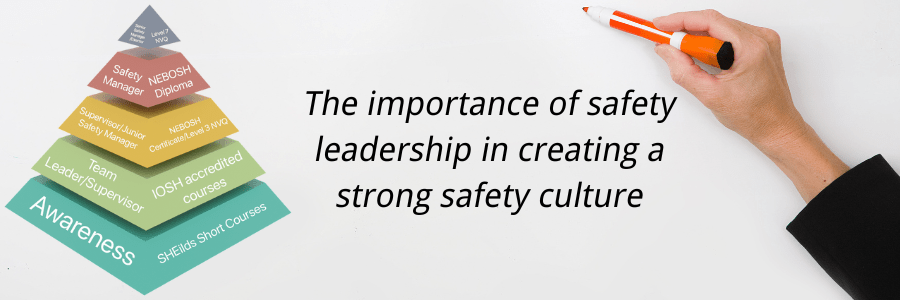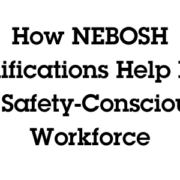The importance of safety leadership in creating a strong safety culture
The importance of safety leadership
Safety leadership is a critical aspect of any organization’s health and safety program. It plays a vital role in developing a strong safety culture, which can ultimately lead to a safer workplace, increased productivity, and better employee morale. In this article, we will explore the importance of safety leadership and the key attributes of an effective safety leader.
The role of safety leadership in creating a strong safety culture
A strong safety culture is one where employees are committed to workplace safety and actively participate in health and safety initiatives. Safety leadership is the driving force behind this commitment. It sets the tone for the organization and influences employees’ attitudes and behaviours related to safety.
Safety leaders must demonstrate a commitment to workplace safety by:
- Clearly communicating the organization’s safety vision, goals, and expectations.
- Encouraging employees to participate in safety initiatives and share their ideas and concerns.
- Recognizing and rewarding employees for their safety achievements and contributions.
- Leading by example and demonstrating safe behaviours at all times.
Key attributes of an effective safety leader
Effective safety leaders possess a variety of skills and attributes that enable them to successfully promote and sustain a strong safety culture. Some of the key attributes include:
Communication skills
Effective safety leaders are skilled communicators who can articulate the importance of safety in a way that resonates with employees. They are able to actively listen to employee concerns and provide clear and concise feedback to help address safety issues.
Empathy
Safety leaders must be able to empathize with employees, understanding their concerns and challenges related to workplace safety. This empathy helps to build trust and rapport with employees, which is crucial for driving employee engagement in safety initiatives.
Adaptability
As workplace environments and safety regulations evolve, effective safety leaders must be able to adapt their strategies and approaches to meet these changing demands. They should be open to learning from past experiences and implementing new ideas and best practices.
Decision-making skills
Safety leaders must be able to make informed decisions based on a thorough understanding of the organization’s safety needs and priorities. They should be able to weigh the potential risks and benefits of different options and choose the most appropriate course of action.
Demonstrating Workplace Safety
Safety leadership is a critical component of a strong safety culture. By demonstrating a commitment to workplace safety and exhibiting the key attributes of an effective safety leader, managers and supervisors can help create a safer work environment for everyone. This will lead to increased employee engagement, improved productivity, and a reduction in accidents and injuries.











Leave a Reply
Want to join the discussion?Feel free to contribute!